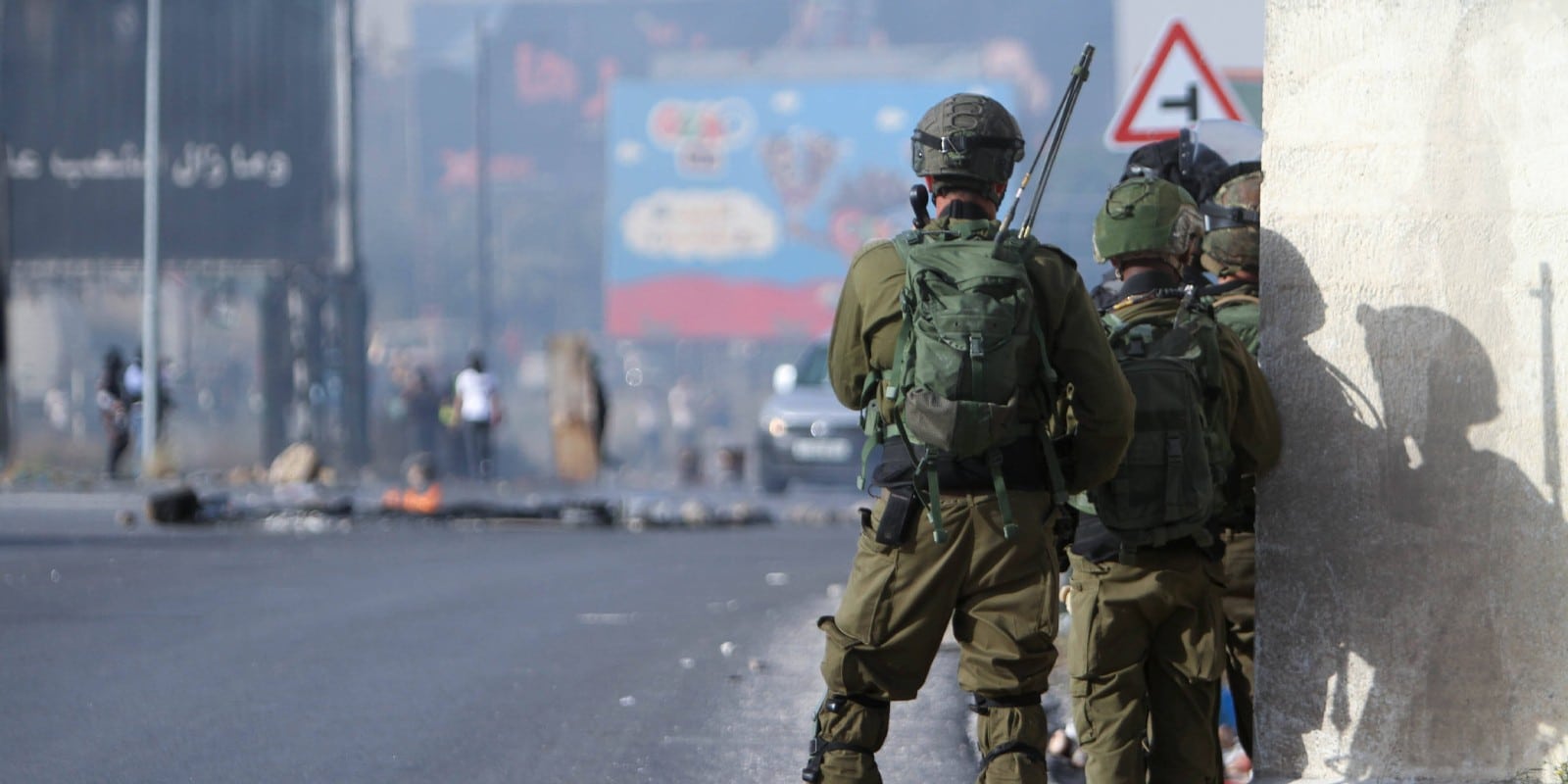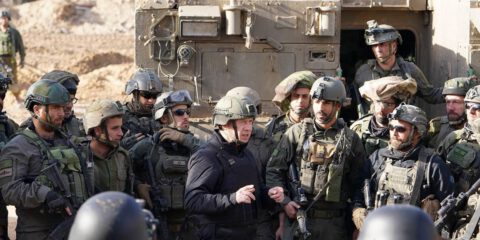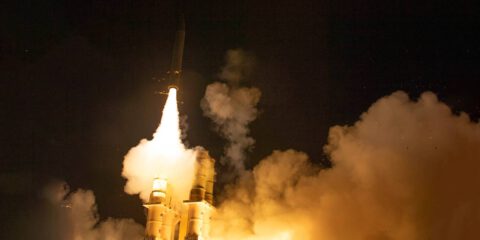Israeli forces, again, consistently entered these towns and their environs almost daily to make arrests, which led to a 90% decrease in terrorism.
In a world dominated by the progressive Left-wing media and agenda, arguing the virtues of force is considered taboo unless championed by third-world nationalist, ethnic, or Islamic fundamentalist movements, in which indiscriminate, if not brutal, use of force is often forgiven.
The defeat of the terrorist Liberation Tigers of Tamil Eelam (LTTE), one of the most powerful and murderous movements, emerged in the latter part of the 20th century by the Sinhalese-dominated government of Sri Lanka in 2009 is a good example.
Academics and media experts had argued that the movement could never be defeated, and if defeated, it would reemerge with even greater force. Such forecasts, heavily laden with ideology, proved wrong.
The LTTE was utterly defeated, and thirteen years later, Sri Lanka is facing an economic and political crisis that has little to do with the Tamil insurrection or the moribund terrorist organization that led it. The movement had systematically and ruthlessly killed internal opponents.
The same arguments have been made against Israel’s (discriminate) use of force against Palestinian terrorism.
An analysis of the recent wave of indiscriminate Palestinian terrorism in the face of increasing but discriminating Israeli force means that targeting the terrorists and their supporters demonstrates that force significantly reduces terrorism.
The IDF and elite undercover security forces launched multiple raids to stop the wave of violence in late March, especially in the Jenin region of northern Samaria, where the attackers of three murderous attacks lived.
The response, dubbed the “Wave Breaker” campaign, was not qualitatively different from ordinary IDF operations in Judea and Samaria conducted since the spring of 2002 when the IDF entered major towns in territories controlled by the Palestinian Authority (PA). At that time, they would clean out sanctuaries of terrorism and apprehend or kill the terrorists responsible for the most significant wave of Palestinian terrorism since Israel’s War of Independence.
Israeli forces, again, consistently entered these towns and their environs almost daily to make arrests, which led to a 90% decrease in terrorism.
The difference between the beginning of the wave in late March and April was significant. Israel’s security forces again learned that it could not rely on PA security forces, especially in the Jenin area, to stop Palestinian violence effectively. Previous massive and highly publicized shows of force by PA security forces in Jenin before the outbreak of Palestinian violence proved ineffective.
Israel’s heightened use of force was reflected in the increasing number of arrests. During January and February preceding the beginning of the wave, 456 and 448 arrests were made, respectively. This increased dramatically to 1128 arrests in April after the “wave breaker” campaign began.
The intensity of Israeli activity can also be seen in the number of Palestinians killed. Six were killed in February before the wave began, increased to 13 when it started in March and reached 21 in April. It dropped to nine in May with the decrease in Palestinian terrorism.
The effectiveness of this increased use of force is plain to see. In March, the terrorists killed 12 and wounded 27. By the end of April, the numbers declined rapidly to four dead and 18 wounded, and in May to four dead (one of them being Noam Raz, a member of the Yamam police unit) and six wounded.
The murderous attack on May 5 in Elad, in which three Israeli citizens were hacked to death by two terrorists from the Jenin area, might have spelled the end of the wave.
However, one cannot disregard the importance of other more defensive measures. For example, soldiers were sent to fill in the gaps in the security fence. Numerous Palestinians on local media websites attested to their effectiveness by complaining that their presence thwarted their attempts to cross the fence to work within the Green Line.
Revealingly, an interview of two Palestinians demonstrated how massive the phenomenon of crossing the green line was and how effective the increased monitoring along the security fence was. They complained that they and many others in the PA could not get to the hundreds of buses waiting in the Israeli Arab city of Umm al-Fahm that transported them to the Temple Mount during Ramadan, thus circumventing security roadblocks.
Three important lessons should be learned from confronting the recent wave. First, the security forces should quicken their response after a terrorist attack or when signs appear that attacks could be forthcoming.
For example, the increasing demonstrations of armed terrorists in Jenin and Nablus, many of whom belong to Islamic Jihad, Hamas, and Fatah, in the months preceding the wave should have alerted the security agencies to act earlier rather than later.
Second, the security establishment must be forever wary of relying on the PA to do the work for them.
Third, refraining from using force rather than exercising it encourages terrorism.
JISS Policy Papers are published through the generosity of the Greg Rosshandler Family.
Photo: IMAGO / ZUMA Wire









 - בניית אתרים
- בניית אתרים